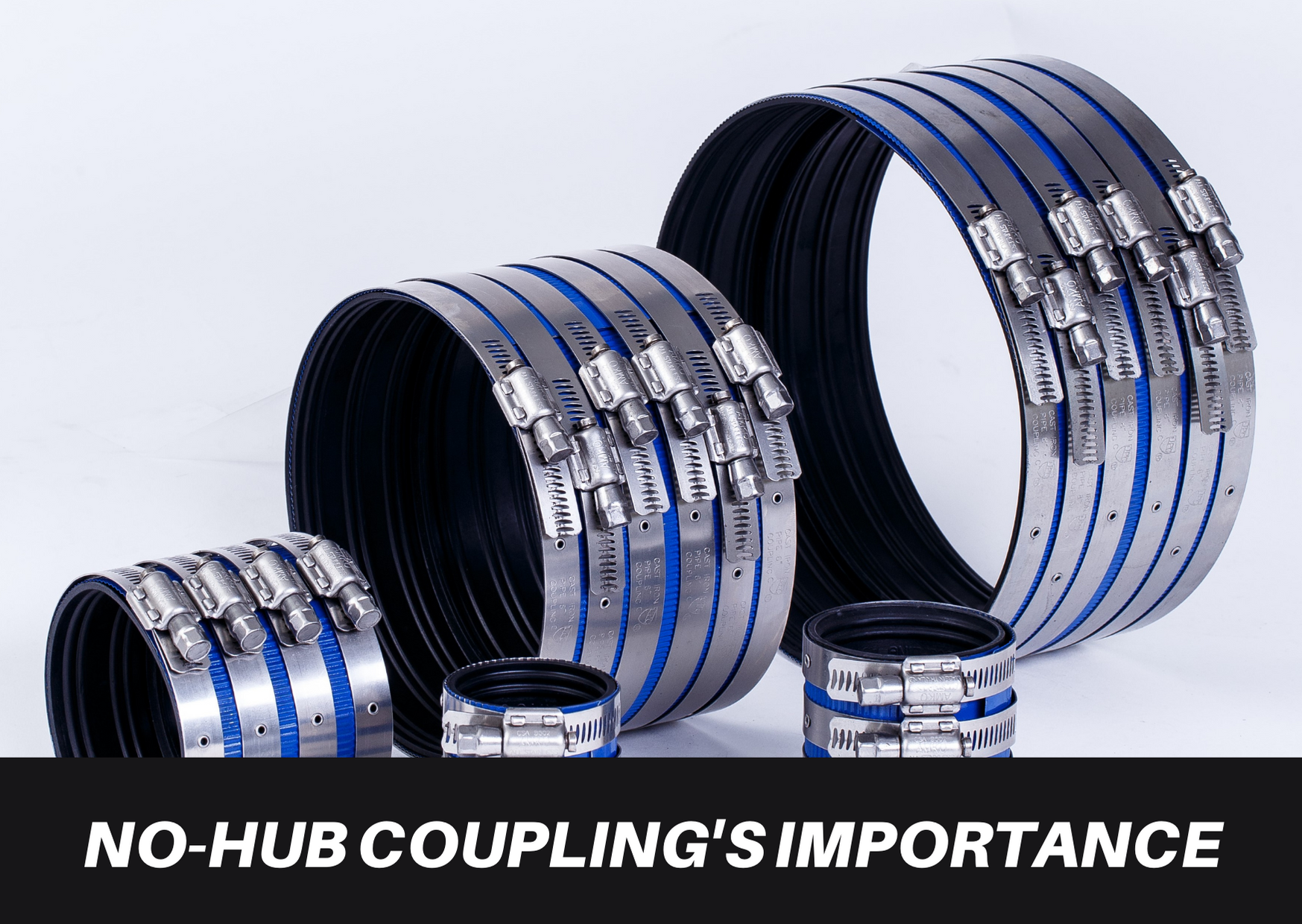OUR NEWS
History of No-Hub Couplings
No-hub couplings
revolutionized cast iron drainage pipe installations from a hazardous, tedious,
skilled craftsman trade, to a simpler, quicker, less tools needed, safer
occupation.
Before no-hub
couplings were invented, hub and spigot cast iron piping would be connected
into fittings with hubs or bells by using lead, oakum, melting pots, burners, special clamps, cast iron
ladles, joint runners and caulking irons.
All of these
tools were needed in order to ensure the plumber could pour the melted lead
into the fitting and get the lead to evenly flow around the entire pipe and
seal the fitting properly. This technique was accepted as the best possible way
to join and seal pipe. You not only had to be trained, you also had to have years
of practice as first an apprentice and then as a journeyman, before you could
be considered as a master plumber in this field.
In the 1950’s the
residential housing boom surfaced. The Servicemen’s Readjustment Act of 1944,
which came to be known as the G.I. Bill, gave military veterans access to
affordable college education. This in turn led to highly-educated, productive
employees entering the work force and American businesses were willing to pay
top dollars for management and engineering skills. Inexpensive oil from
domestic wells was helping the engines of industry to move forward. New
advances in science and technology increased work place productivity. And since
any would-be competitors in Asia and Europe were in the process of recovering
from the effects of the devastation brought about by World War II, our economy
flourished, the baby boom had begun and new housing was desperately needed.
With the housing
boom in full swing, plumbing and building contractors came to the conclusion
that connecting pipes with lead and oakum was no longer cost effective because
it required too much time and labor. Builders realized they needed a much
faster way to connect pipe and reduce their building costs. The American pipe
industry found and created a solution with the shielded no-hub coupling design.
However, how
could something so simple be better than lead and oakum? New ideas are not
always readily acceptable because people tend to be skeptical until something
proves to be better. By the late 1960’s contractors began to realize the no-hub
coupling was not just a “band-aid” but a viable quality product that was indeed
solid and secure and was passing the test of time.
As you can see,
the invention of no-hub couplings streamlined the drain pipe installation
process tremendously, and with just a 15 minute training period needed, hub and
spigot lead and oakum installations soon became a thing of the past.


